How Russia has changed in 100 years
Categories: History | Photo project
By Pictolic https://pictolic.com/article/how-russia-has-changed-in-100-years.htmlAbout a century ago, photographer Sergei Mikhailovich Prokudin-Gorsky traveled all over the Russian Empire. Being under the patronage of Emperor Nicholas II, he captured a variety of people and places on his photographs using his own method of developing color photographs.
A few years ago, Prokudin-Gorsky's photographs became an Internet sensation thanks to digital technologies that made it possible to turn photos into a vivid display of the beginning of the XX century. A small group of enthusiasts went strictly to the places where Sergey Mikhailovich took his photos. The following pairs of photos, separated by a century of wars, revolutions and border changes, are remarkable for how little seems to have changed in a hundred years.
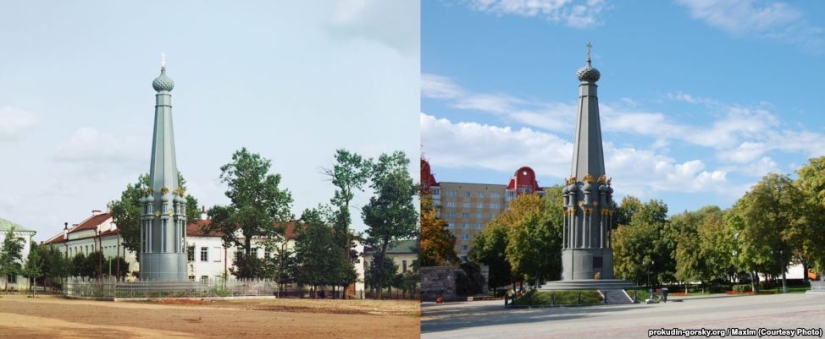
Monument to the heroes of the Patriotic War of 1812, Polotsk, Belarus. Photo: Maxim.
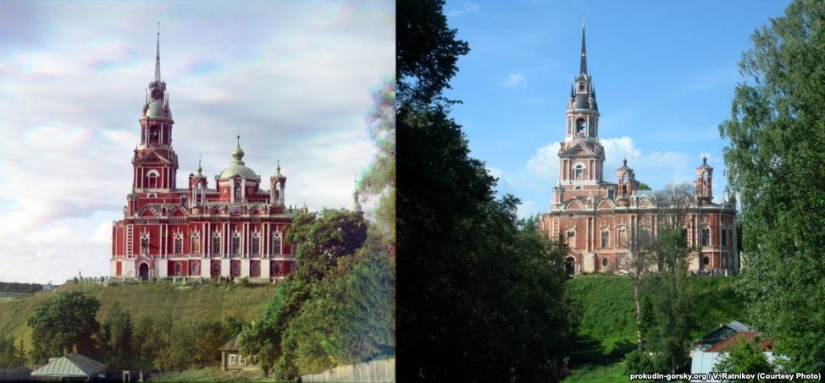
Cathedral in Mozhaisk, Moscow region, 1911/2008. Photo: V. Ratnikov.
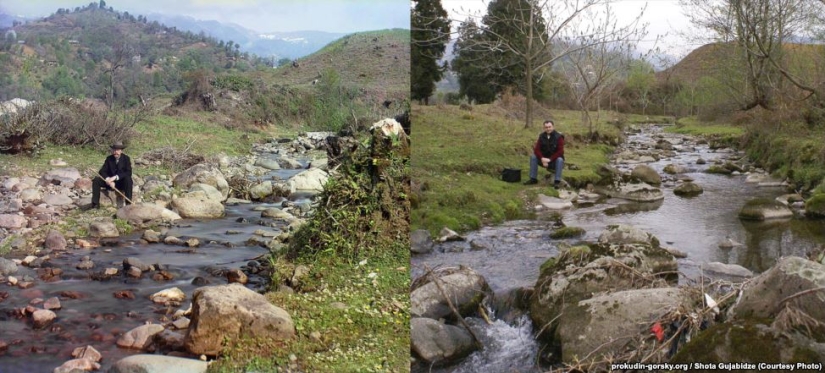
The Korolistskali River, Georgia. 1912/2010. Photo: Shota Guyabidze.
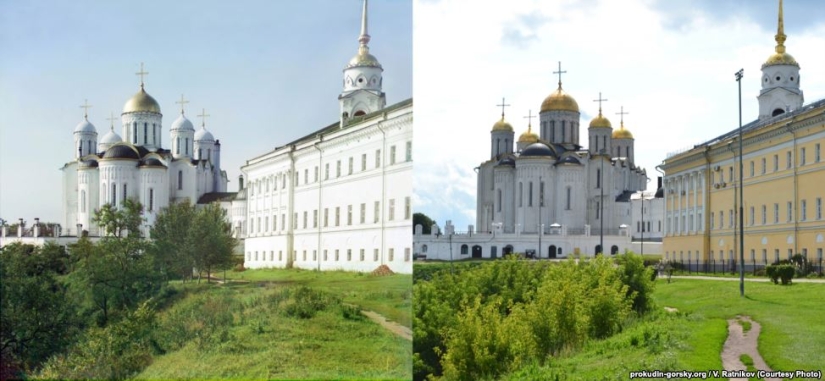
Assumption Cathedral, Vladimir, 1911/2015. Photo: V. Ratnikov.
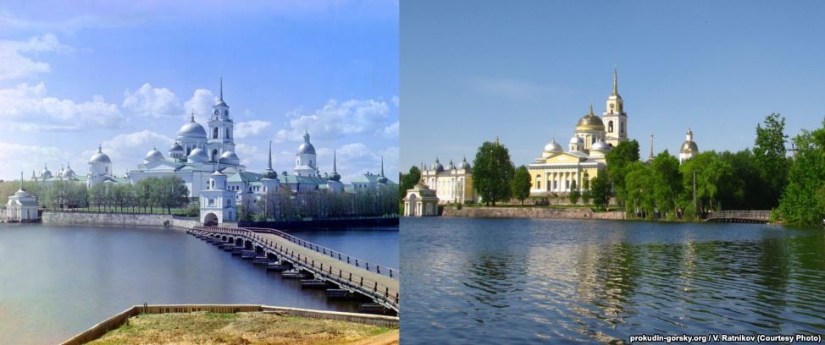
Nilov Monastery, Tver, 1910/2010.
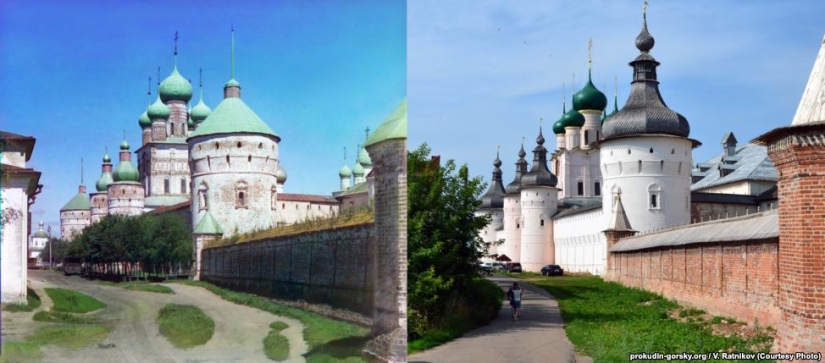
Rostov Kremlin. 1911/2009. Photo: V. Ratnikov.
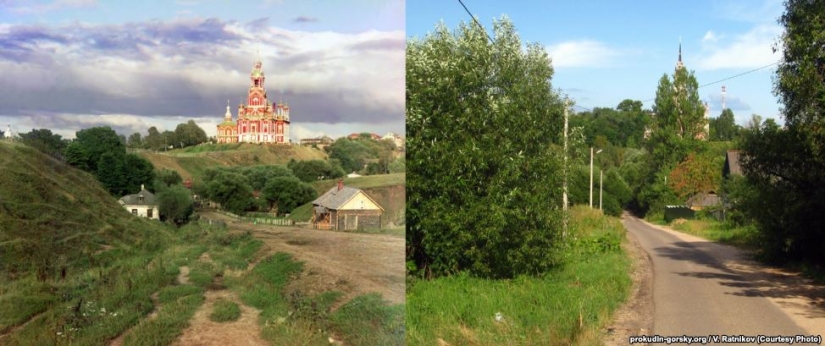
Cathedral in Mozhaisk, 1911/2010. Photo: V. Ratnikov.
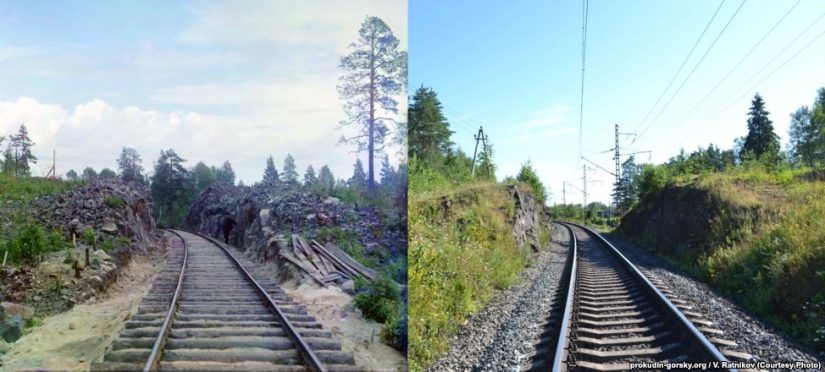
The railway is not far from Kondopogi. 1916/2012. Photo: V. Ratnikov.
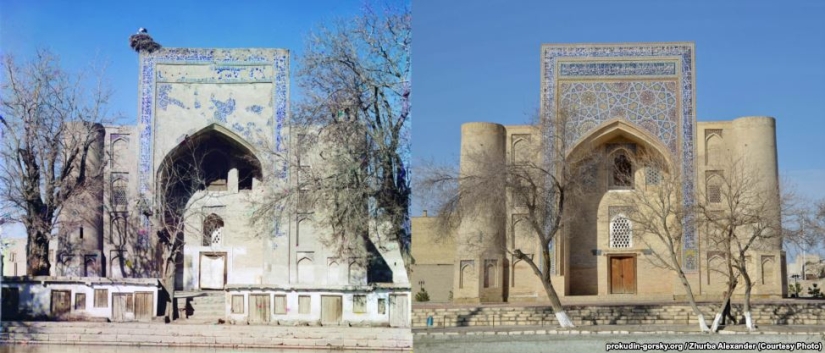
Madrasah in Bukhara, Uzbekistan. 1911/2014. Photo: Alexander Zhurba.

Imperial Travel Palace in Borodino, Moscow region. 1911/2012. Photo: V. Ratnikov.
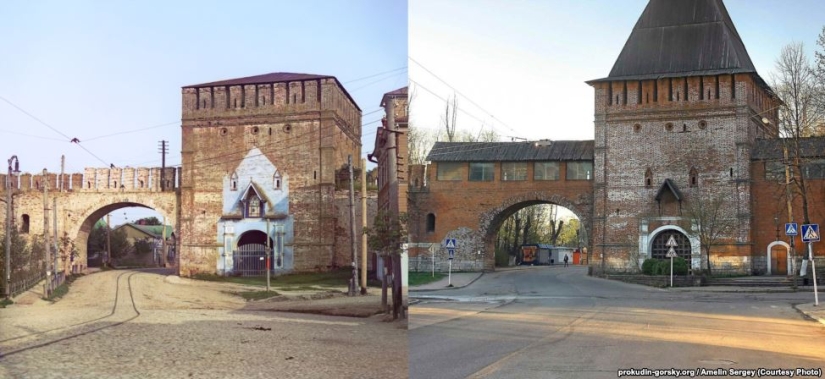
Smolensk Kremlin. 1912/2008. Photo: Sergey Amelin.
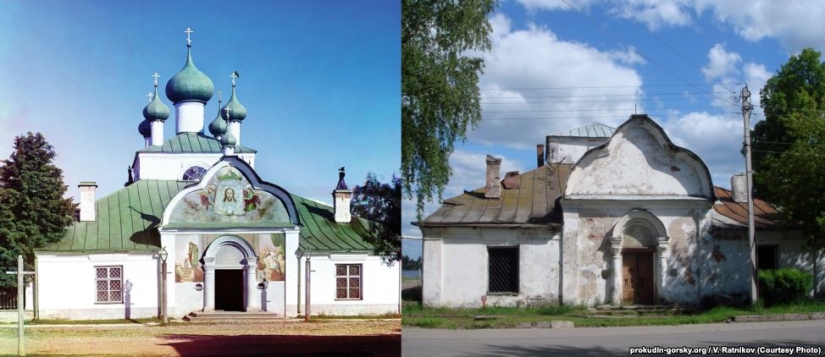
The church in Novaya Ladoga. 1909 / Date unknown. Photo: V. Ratnikov.
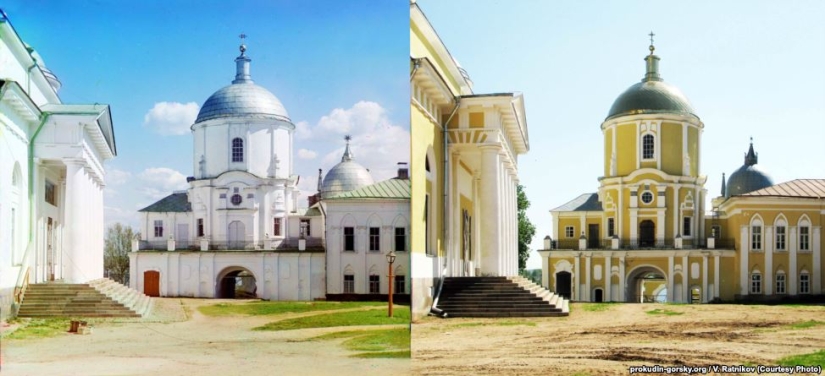
Nilov Monastery, Tver. 1910/2010. Photo: V. Ratnikov.
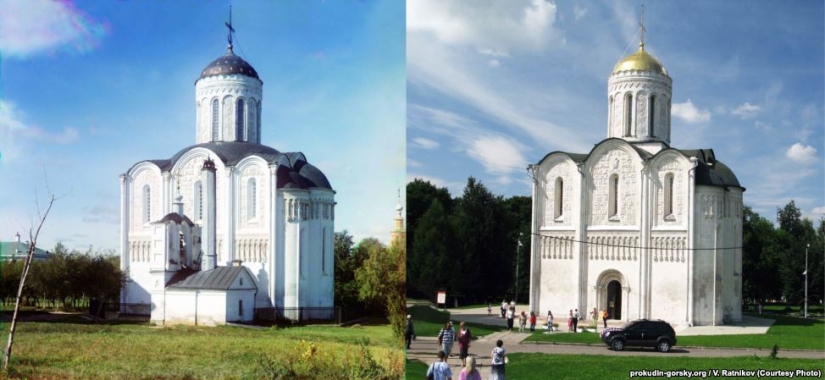
Dmitrievsky Cathedral, Vladimir. 1911/2009. Photo: V. Ratnikov.
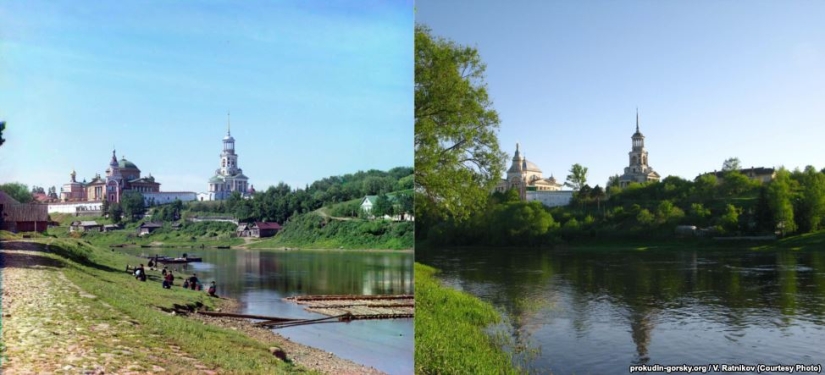
Torzhok, 1910/2010. Photo: V. Ratnikov.
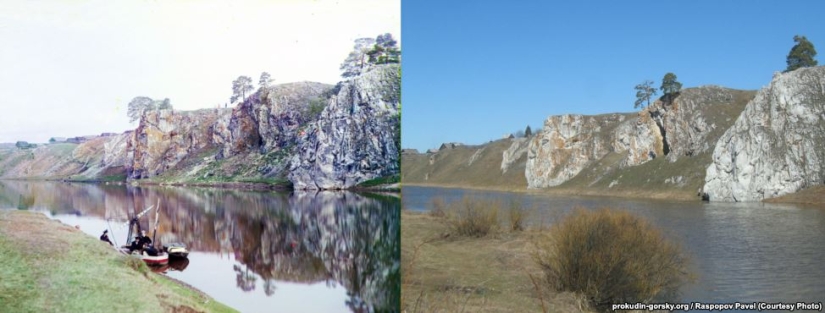
The Chusovaya River near the village of Sloboda, 1912/2011. Photo: Pavel Raspopov.
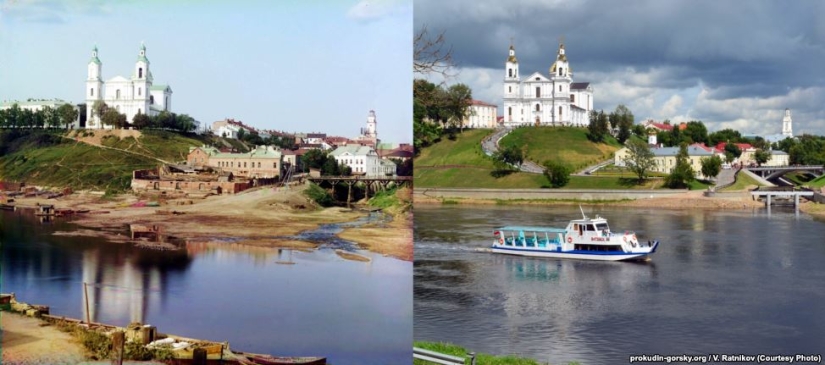
Vitebsk, Belarus, 1912/2012. Photo: V. Ratnikov.
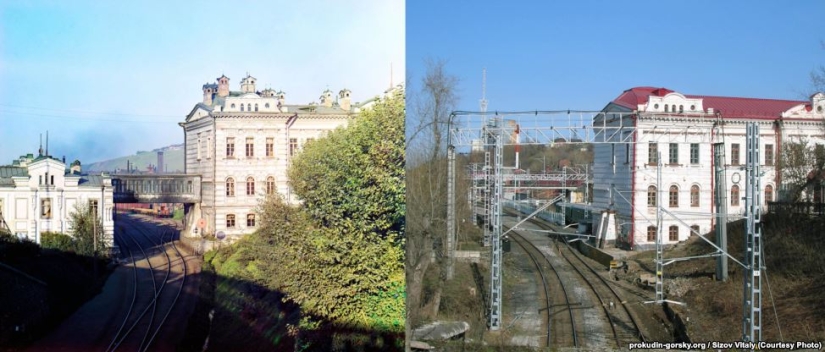
Perm, 1909/2012. Photo: Vitaly Sizov.
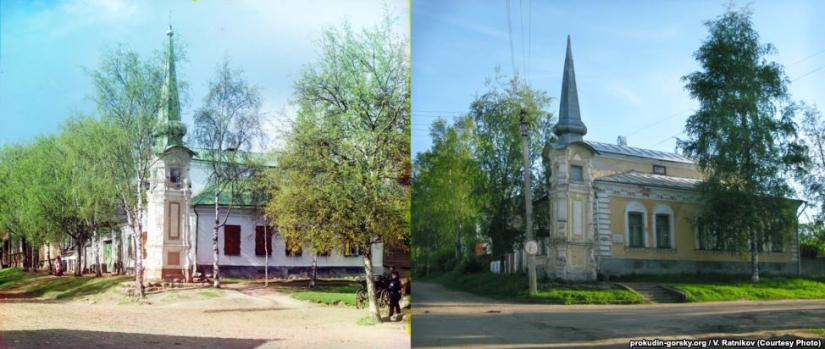
Street in Ostashkov, 1910/2010. Photo: V. Ratnikov.
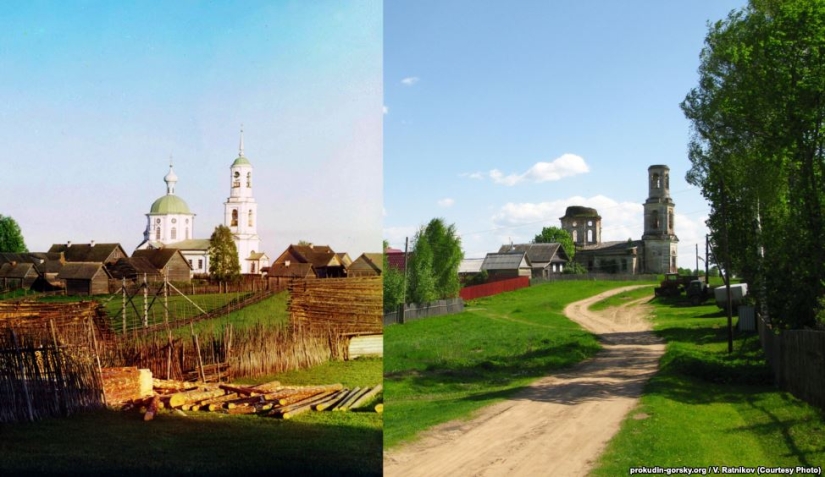
Village Novelties, 1910/2010. Photo: V. Ratnikov.
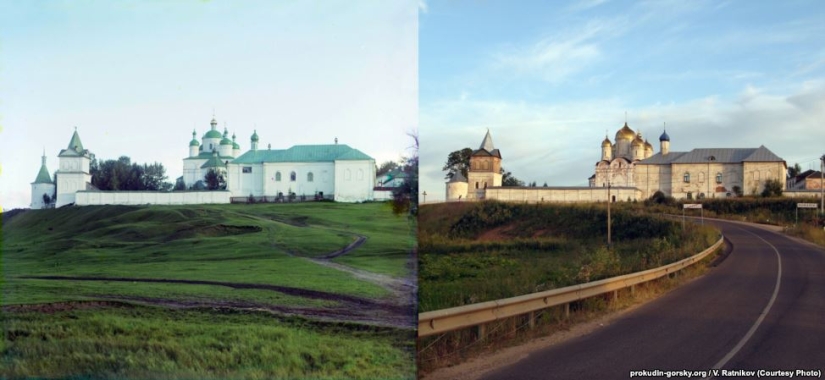
Ferapontov Monastery, Mozhaysk, 1911/2010. Photo: V. Ratnikov.
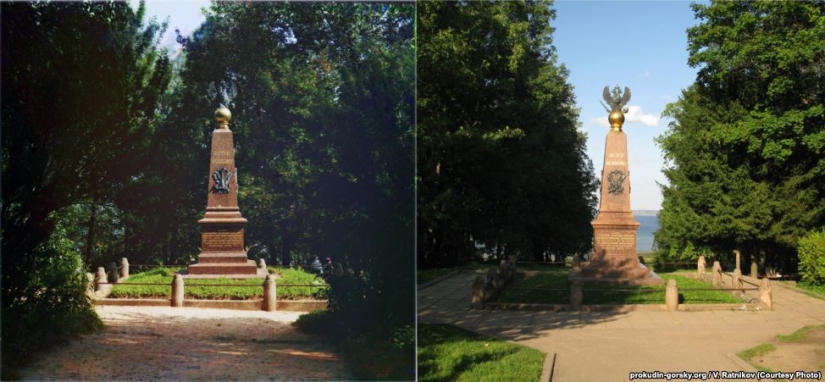
Monument to Peter the Great, Vescovo, 1911/2008. Photo: V. Ratnikov.
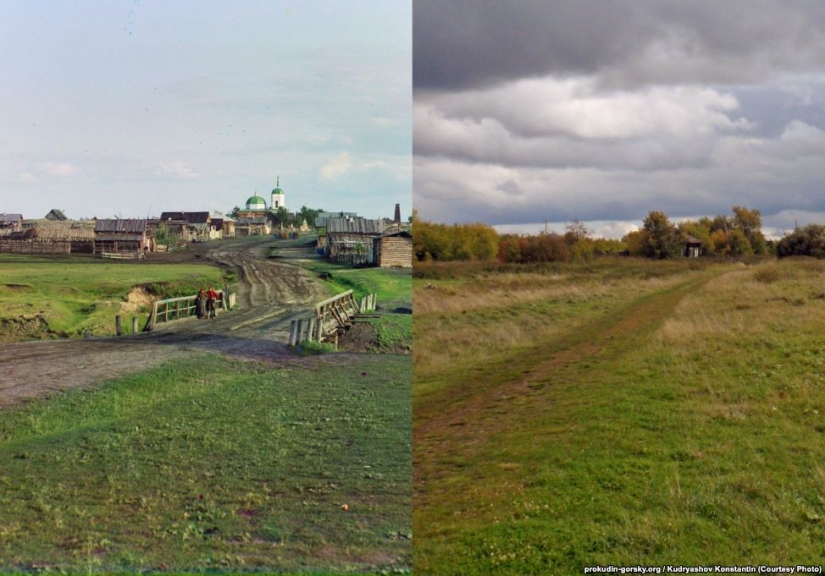
The village of Dryanovo, 1912/2015. Photo: Konstantin Kudryashov.
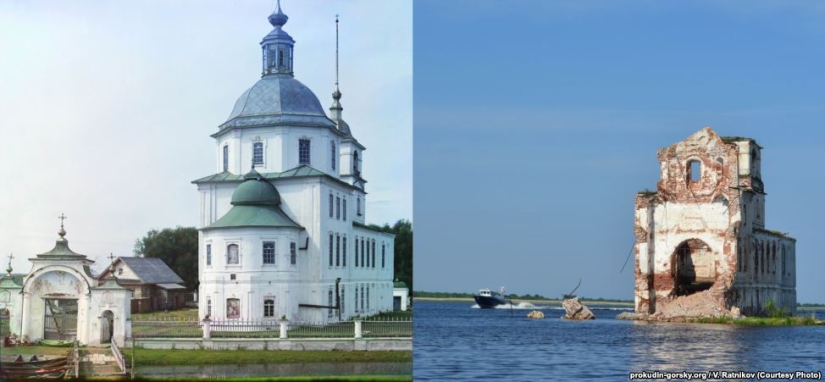
Church of the Nativity of Christ in Krokhino. 1909/2013. Photo: V. Ratnikov.
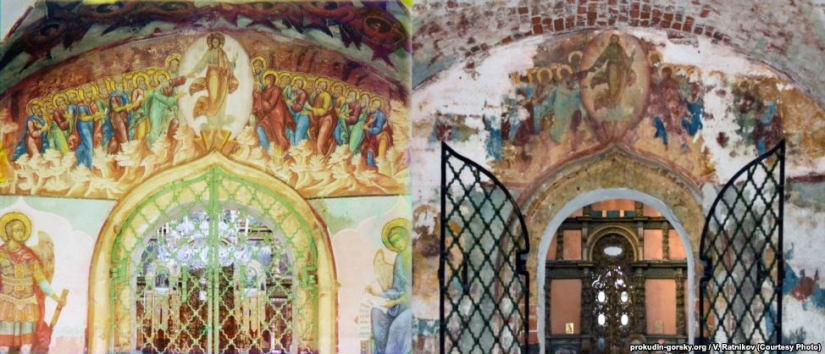
Frescoes in the Church of St. John the Baptist in Yaroslavl, 1911/2011. Photo: V. Ratnikov.
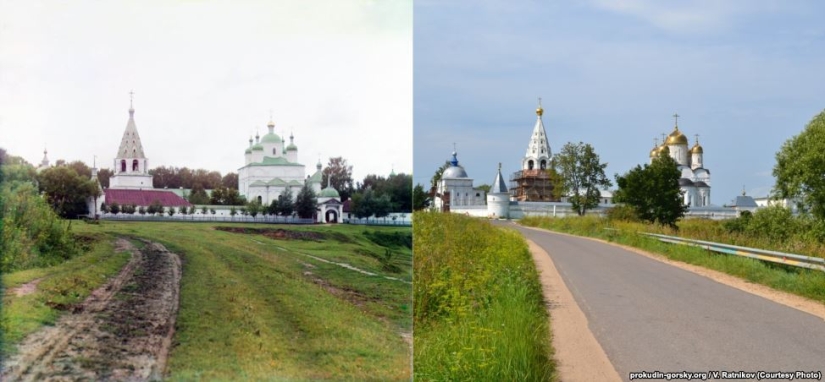
Ferapontov Monastery, 1911/2012. Photo: V. Ratnikov.
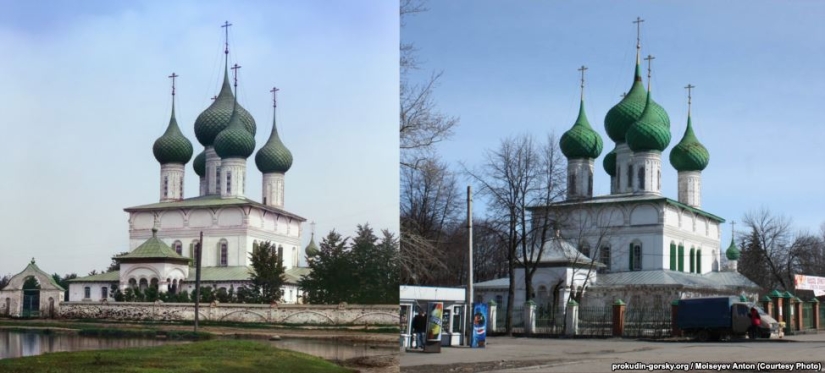
Church in Yaroslavl, 1911/2009. Photo: Anton Moiseev.
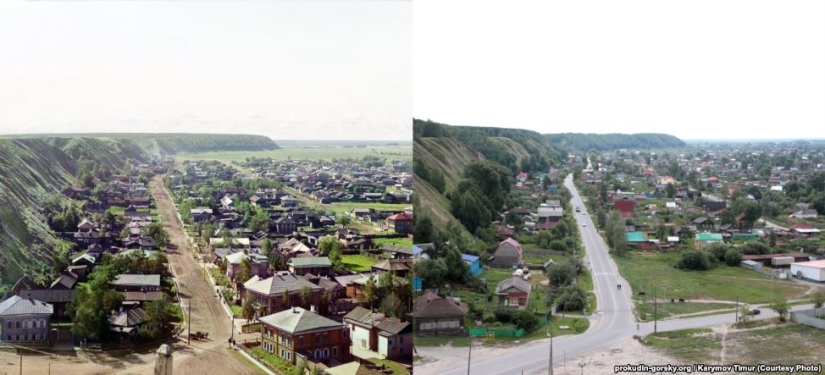
Tobolsk, view from the city Cathedral, 1912/2012. Photo: Timur Karymov.
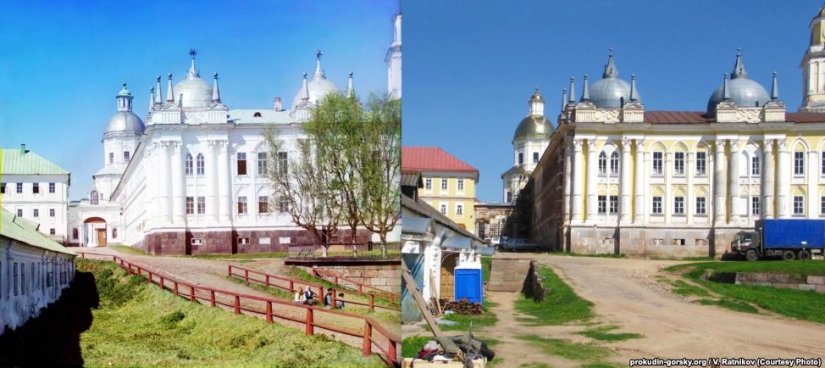
Nilov Monastery, Tver, 1910/2010. Photo: V. Ratnikov.
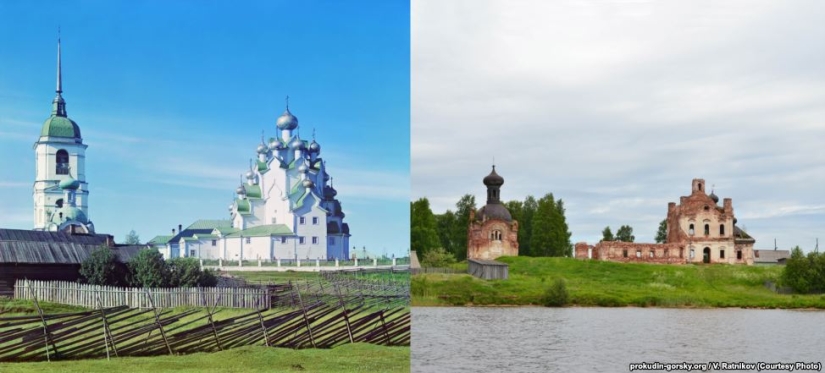
Church in Ankhimovo, 1909/2013. Photo: V. Ratnikov.
Keywords: XX century | Past | Russian Empire | Then and now | Photographer | Photography
Post News ArticleRecent articles

In 1978, a brave group of women decided to conquer one of the most dangerous peaks in the world – Annapurna. It was the first ...

What could be simpler, clearer and more enjoyable than a regular tea party? But no, German scientists decided to take away this joy ...
Related articles

People on these unique family photo enjoy life, not knowing that just a few years, their idyll comes to a tragic end. This loving ...

Initially these photographs were black-and-white, but the colorist Olga Shirnina restored the correct colors invisible to the ...

"Adult films" appeared almost simultaneously with the opening of the cinema. To understand the development of the most intimate ...

So you decide to have a pet and decide who it is. The dog should be taken out for a walk at least twice a day, from hamsters and ...